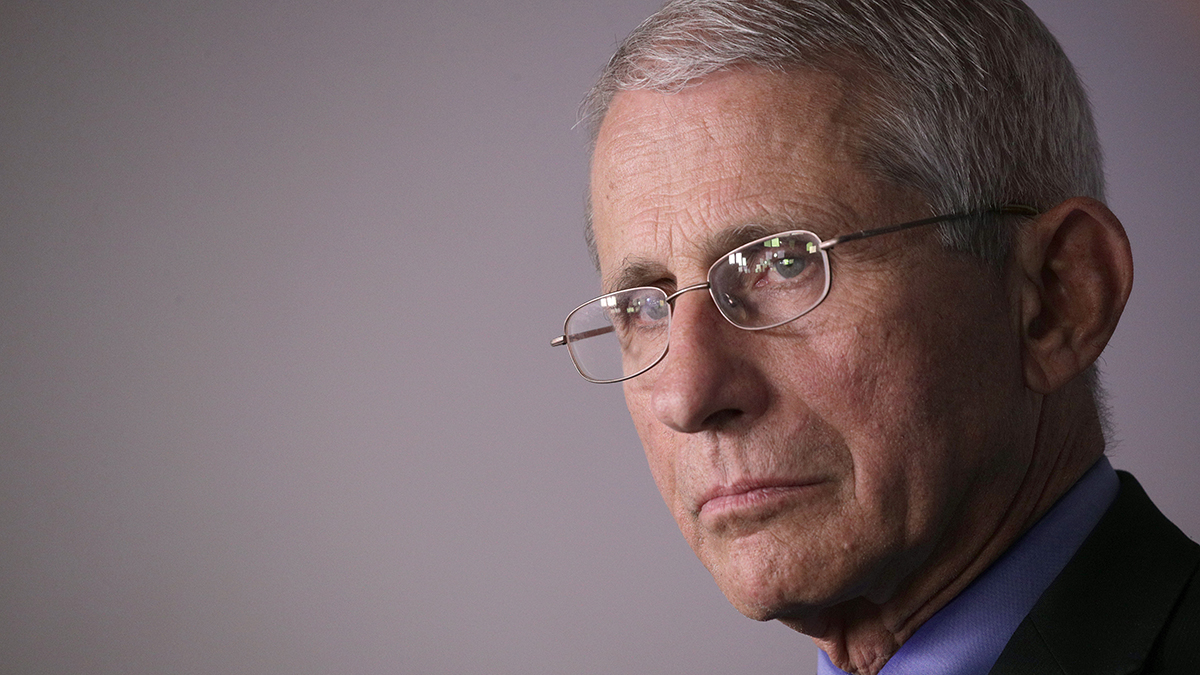A new wave of lockdowns and business closings swept across France, Germany and other places in Europe on Wednesday as surging coronavirus infections there and in the U.S. wipe out months of progress against the scourge on two continents.
The resurgence and the resulting clampdown sent a shudder through Wall Street. The S&P 500 fell 3.5%, its biggest drop since June, and the Dow Jones Industrial Average lost 943 points, or 3.4%.
French President Emmanuel Macron declared a new nationwide lockdown starting Friday, saying the country has been “overpowered by a second wave.” Many doctors had urged the move, given that 58% of the nation’s intensive care units are now taken up by COVID-19 patients.
In Germany, Chancellor Angela Merkel announced a four-week shutdown of bars, restaurants and theaters. “We must act, and now, to avoid an acute national health emergency,” she said.
Countries such as Switzerland, Italy, Bulgaria and Greece have closed or otherwise clamped down again on nightspots and imposed other restrictions such as curfews and mandatory mask-wearing. Madrid and other parts of Spain banned all but essential travel in and out of their regions.
“We are deep in the second wave," European Commission President Ursula von der Leyen said. “I think that this year’s Christmas will be a different Christmas."
In the U.S., where practically every state is seeing a rise in cases, Democratic Gov. Tony Evers of hard-hit Wisconsin has been reduced to pleading with people to stay home, after an order he issued in the spring was overturned by the courts. Illinois' governor banned indoor dining and drinking in Chicago this week. Other states are likewise considering reimposing restrictions.
The virus has killed more than 250,000 people in Europe and over 227,000 in the U.S., according to the count kept by Johns Hopkins University.
The long-feared surge is blamed in part on growing disregard for social distancing and mask-wearing, as well as the onset of cold weather, which is forcing people indoors, where the virus can spread more easily.
Dr. David Letzer, an infectious-disease specialist who doubles as chairman of the Wisconsin Medical Society’s COVID-19 task force, is getting swamped with patients. He said he was incensed to see people without masks going into a restaurant as he was driving between hospitals.
“I’m just coming from a place with ventilators and people are just going to an indoor restaurant,” he said. “Those are the things that are frustrating and take their toll.”
In the U.S., more than 71,000 people a day are testing positive on average, up from 51,000 two weeks ago. Cases are on the rise in all but two states, Hawaii and Delaware, and deaths are climbing in 39 states, with an average of 805 people dying in the U.S. per day, up from 714 two weeks ago.
How Coronavirus Has Grown in Each State
This chart shows the cumulative number of cases per state by number of days since the 500th case.
Source: The COVID Tracking Project
Credit: Amy O’Kruk/NBC
Wisconsin, one of the worst hot spots of them all, set records Tuesday for the number of daily infections at nearly 5,300 and deaths with 64. About 12% of the state’s intensive care beds were available on Tuesday, according to the Wisconsin Hospital Association.
“It is absolutely exhausting right now,” said Dr. Jeff Pothof, chief quality officer at UW Health, the University of Wisconsin-Madison’s hospital and medical arm. Nearly a third of its COVID-19 patients are in intensive care, filling all three wings of the ICU, he said. Some require one-on-one care around the clock.
“We’re throwing everything we’ve got at them to keep them alive,” he said.
The hospital has started training doctors and nurses in dealing with the virus and is trying to persuade retired physicians to return to work, he said. Pothof said he is working 12- to 15-hour days himself and is constantly on call.
In the Northeast, which seemed to have brought the virus under control over the summer, Rhode Island Gov. Gina Raimondo said the state is seeing record numbers of new infections and might have to bring back restrictions on businesses that were loosened months ago.
“We’re in a bad place. This data is not encouraging. It’s headed in the wrong direction in every metric," she said.
After a devastatingly lethal spring, Europe seemed to have beaten back the virus over the summer. Its success was seen as a reproach to the United States and an example of what the U.S. could accomplish if Americans would just stop their political infighting and listen to the scientists.
But more than 2 million new confirmed coronavirus cases have been reported globally in the past week, the shortest time ever for such an increase, and 46% of those were in Europe.
Coronavirus Pandemic Coverage
Both Italy and Germany set records for new infections Wednesday, with Italy reporting nearly 25,000 in a single day and Germany logging almost 15,000. France, Belgium, the Netherlands, most of Spain and the Czech Republic are also seeing alarming rates of infection.
Deaths are also on the rise in Europe, with about a 35% spike from the previous week, the World Health Organization said. France reported 523 virus-related deaths in 24 hours Tuesday, the highest daily count since April.
The European Commission's von der Leyen said Europe is being confronted with “two enemies.”
“We’re dealing with the coronavirus — the virus itself — and also corona fatigue,” she said. “That is, people are becoming more and more fed up with the preventive measures.”
In Italy, where the Lombardy and Campania regions are hardest hit, officials have accused right-wing extremists, soccer hooligans and anarchists of using widespread discontent over new anti-virus restrictions on restaurants, gyms, pools and theaters as a pretext to wage “urban guerrilla” violence during recent protests.
Talk of new lockdowns also prompted unrest in Germany, where thousands staged a protest at Berlin’s Brandenburg Gate to demand more financial support from the government.
Even Sweden, which avoided a national lockdown and generally imposed far lighter measures than other European countries, is now urging people to avoid stores and public transportation.
Associated Press writers from across the globe contributed to this report.



